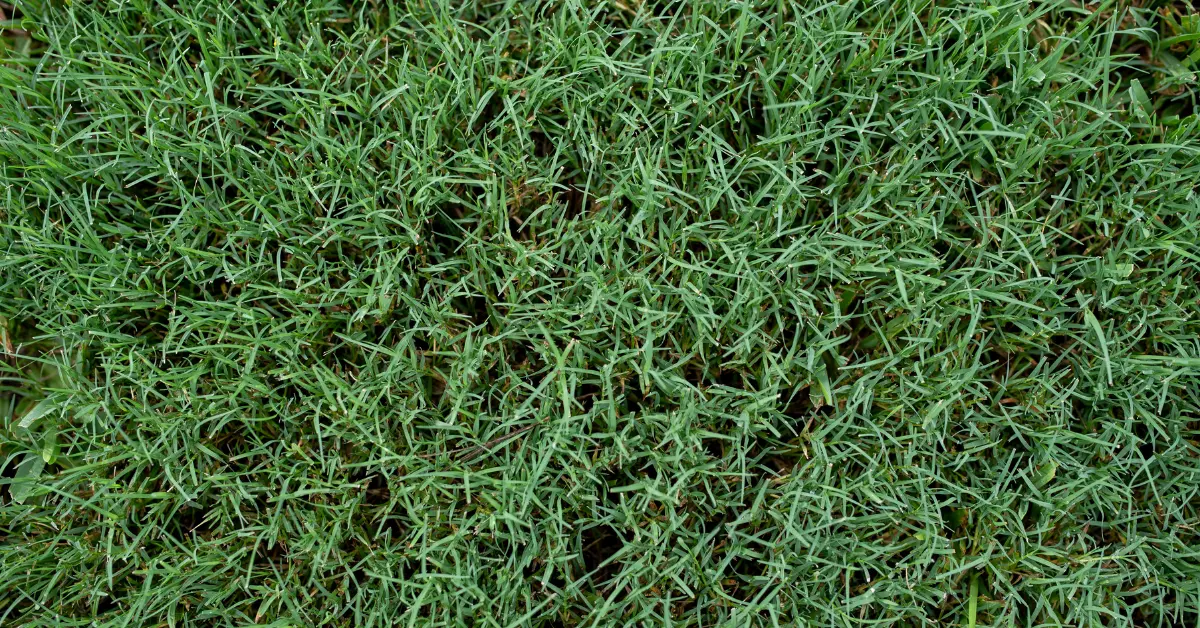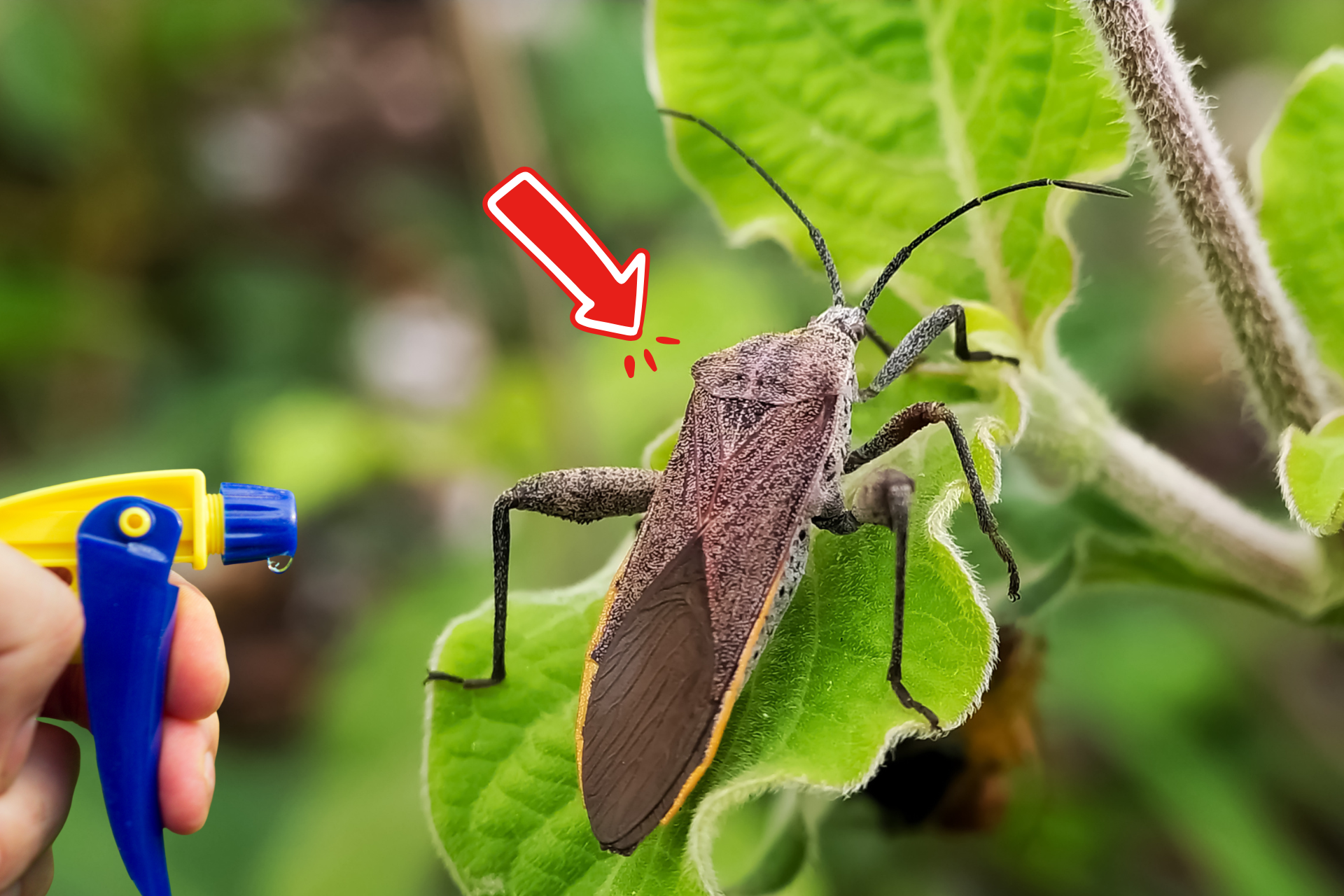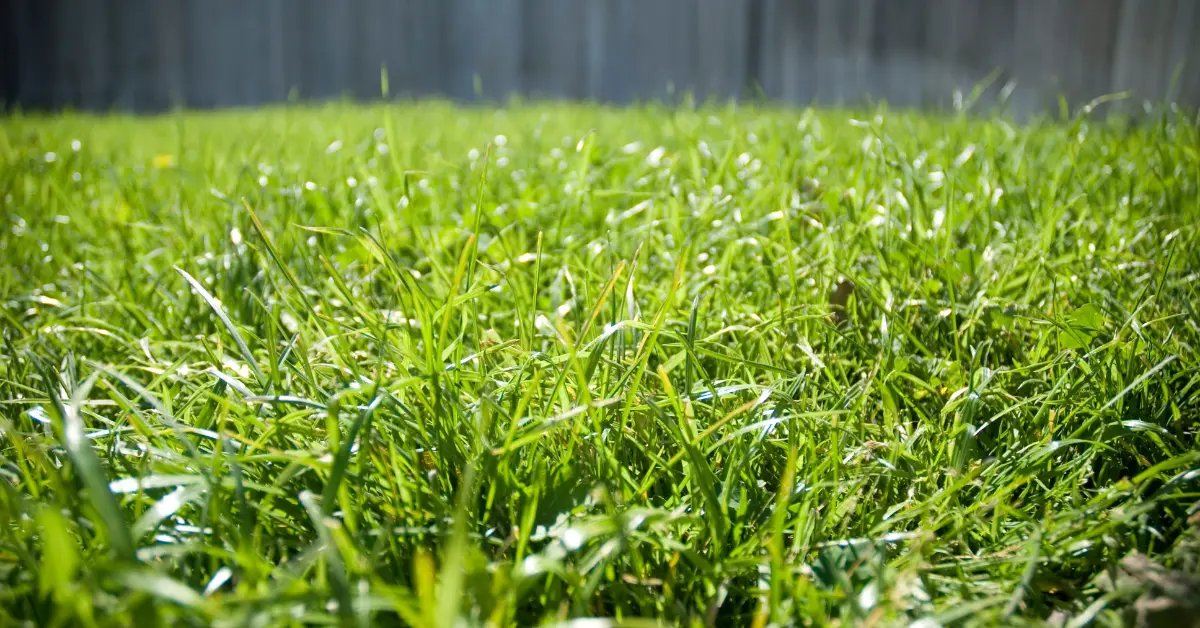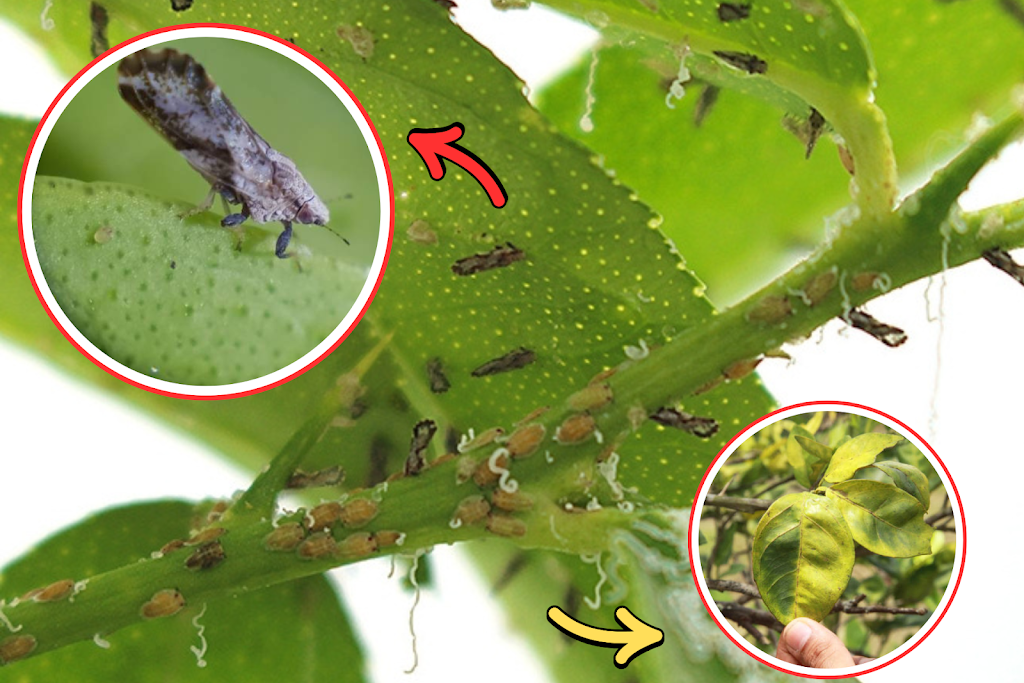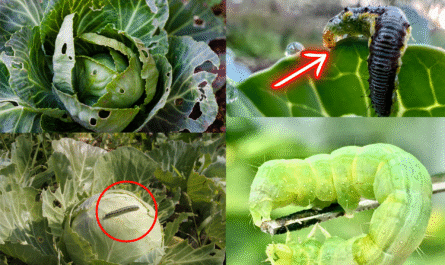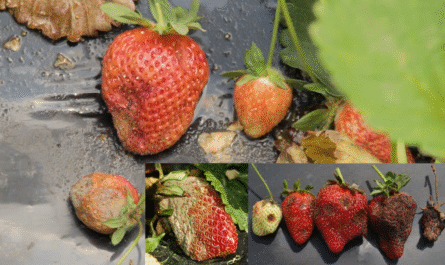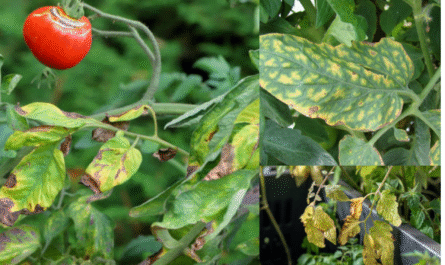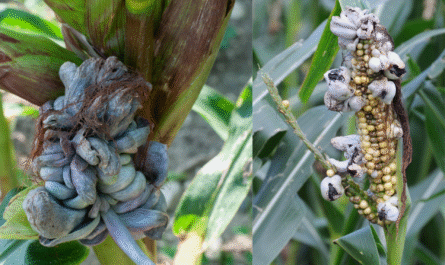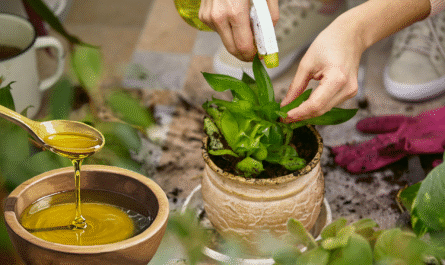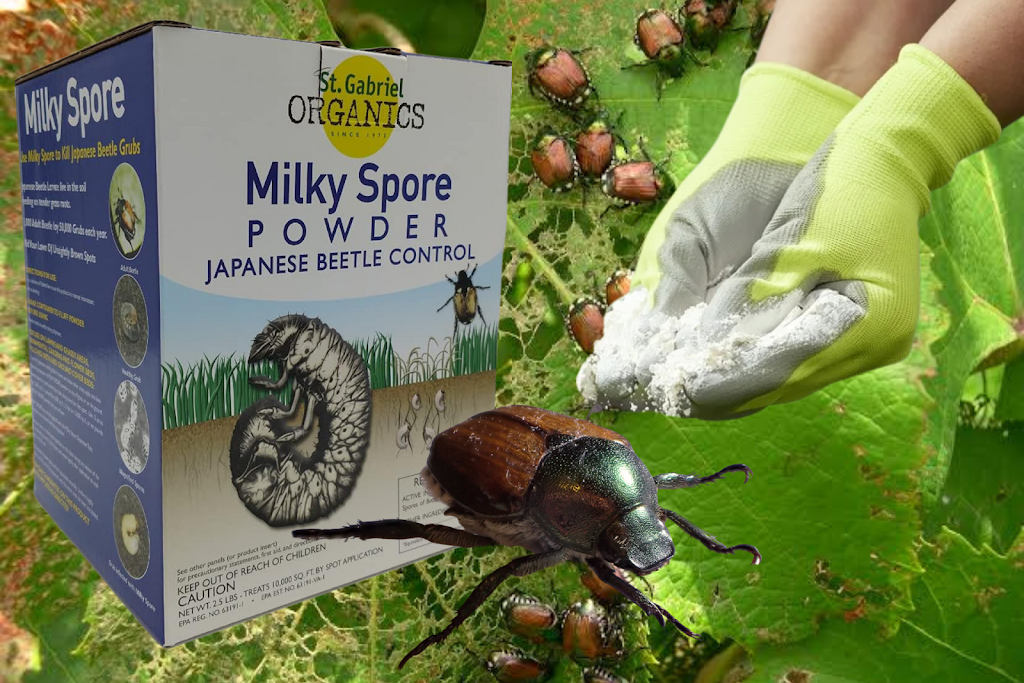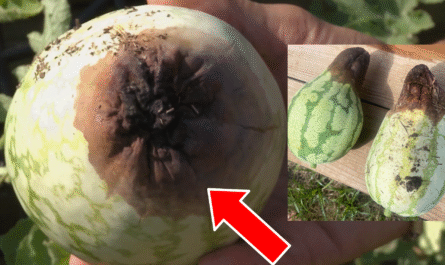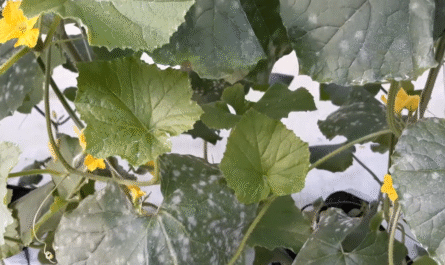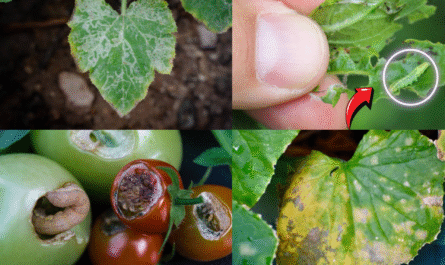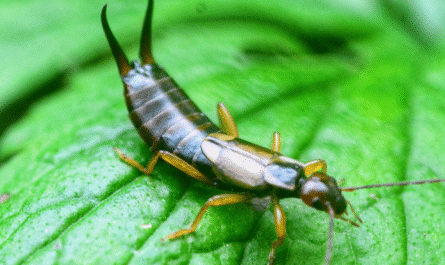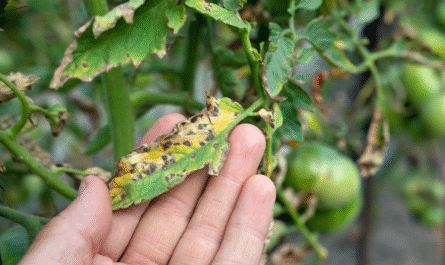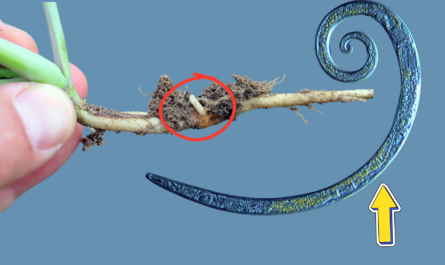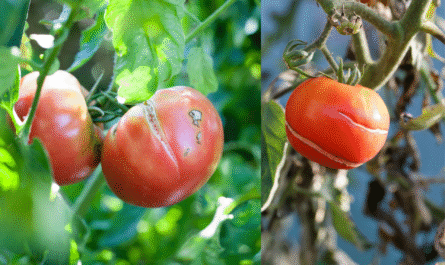Bermuda grass is the one plant in my garden that never seems to take a vacation. Over the years, I’ve seen it sneak under fences, climb over flower beds, and even pop up in cracks in the driveway. It’s relentless, and while I respect its survival instincts, it has no place where I want vegetables, flowers, or a neat lawn.
I’ve tried chemical weed killers in the past, but I quickly learned they come with side effects, damaging the soil, harming nearby plants, and creating long-term health concerns for my family and pets.
That’s when I committed to going fully organic in my fight against Bermuda grass. Over time, I’ve developed a set of natural, chemical-free strategies that actually work.
Why Bermuda Grass is Tough to Kill
Before you can beat Bermuda grass, you need to understand what makes it so persistent. Unlike many weeds that only spread by seeds, Bermuda grass uses both stolons (above-ground runners) and rhizomes (underground stems) to invade new areas. Even a tiny piece of root left behind can regrow into a full plant.
This is why quick fixes, like mowing it down or pulling just the visible blades, don’t work. You might feel like you’ve won for a week or two, but soon enough, it’s back, stronger than before. Those underground rhizomes can stretch deep and wide, making complete removal tricky.
The key is to approach removal as a long game. You’re not just killing what you see; you’re starving and exhausting the plant’s entire system. Every organic method I use is designed to target the whole plant, roots, stolons, seeds, and all.
7 Organic Ways to Permanently Get Rid of Bermuda Grass
1. Hand-Pulling with Precision
Hand-pulling is where I start. It’s slow, it’s physical, but it’s also one of the most effective ways to directly attack Bermuda grass. The best time to pull is right after a good rain or deep watering. Moist soil lets you get more of the root system out intact.
I don’t just grab and yank. I slide a weeding tool or a narrow trowel down alongside the plant and loosen the soil around it first. This helps me pull out long rhizomes without breaking them off underground. Every piece I remove is one less chance for regrowth.
Patience matters here. In one garden bed, I spent a couple of hours over several days, carefully lifting each cluster. The following season, that bed stayed mostly Bermuda-free, proof that thoroughness pays off.
2. Intensive Raking for Rhizome Removal
After hand-pulling, I use raking as a follow-up. A stiff steel rake or a dethatching rake works wonders for pulling up surface stolons and exposing shallow rhizomes. I like to go over an area multiple times in different directions, which drags hidden runners to the surface.
Once exposed, I gather the debris immediately and dispose of it, never composting it. Bermuda grass has a talent for surviving compost piles, and I’m not giving it another shot at life in my yard.
I also make ranking a phased process. I’ll do an initial pass, wait a week for any missed fragments to sprout, and then rake again. Each pass weakens the grass further, reducing its energy reserves.
3. Boiling Water as a Targeted Kill Method
Boiling water is one of the simplest and most satisfying methods I use. It kills Bermuda grass by destroying the plant cells instantly, right down to the root zone. I save this method for sidewalks, driveway cracks, or spots where I can pour directly without risking nearby plants.
The process is straightforward: bring water to a rolling boil, then carefully pour it onto the crown and immediate surrounding area of the Bermuda grass. For tougher patches, I repeat after a few days.
While this won’t work for large lawns or garden beds, it’s perfect for spot treatments. In my gravel path, one afternoon of boiling water treatment wiped out several stubborn patches that had been resisting other methods.
4. Solarization for Deep Soil Sterilization
When I need to clear a large section of Bermuda grass, I turn to solarization. This method uses the sun’s heat to literally cook the grass, roots, seeds, and any weeds beneath a plastic cover. The result is a sterilized section of soil, ready for planting without competition.
I start by watering the area well, which helps conduct heat deeper into the soil. Then I lay down clear plastic sheeting and seal the edges with soil or rocks. The best time is during the hottest months, July and August, in my area, when the sun is strongest.
I leave the cover in place for at least 6–8 weeks. When I remove it, the Bermuda grass is not just dead above ground, it’s dead below ground too. This method takes patience but gives long-lasting results.
5. Vinegar-Based Weed Killers
Vinegar is my go-to organic weed killer, but it has to be the right kind. Household vinegar (5% acetic acid) isn’t strong enough for Bermuda grass. I use horticultural vinegar (20–30% acetic acid) for effective control.
I apply it on a hot, sunny day when there’s no wind. The sun helps burn the plant faster, and no wind means I don’t accidentally spray my flowers or veggies. I target only the Bermuda grass leaves, knowing the vinegar will dehydrate and kill them quickly.
One application isn’t enough for deep-rooted weeds, so I always follow up a week later and then remove any dead or weakened plants by hand. Over time, repeated vinegar treatments wear down the plant’s ability to regrow.
6. Sheet Mulching to Smother Growth
If I have an infested bed I don’t plan to use immediately, I sheet mulch it. This method smothers Bermuda grass by denying it sunlight, while also enriching the soil for future planting.
I start with a layer of cardboard, overlapping the sheets so no light can sneak through. On top, I add compost, then a thick layer of wood chips or straw. The cardboard blocks sunlight and prevents new shoots from emerging, while the organic material breaks down into healthy soil.
Depending on the season, full die-off can take several months to a year. I’ve opened mulched beds after a year to find nothing but rich, crumbly soil, Bermuda-free and ready to plant.
7. Bed Edging and Physical Barriers
One of the smartest things I ever did was install deep bed edging. Bermuda grass doesn’t respect boundaries, but it can be slowed dramatically with physical barriers.
I use metal or heavy-duty plastic edging, buried at least 8–12 inches deep. This blocks rhizomes from sneaking underground into my garden beds. Above ground, I make sure the edging rises slightly so stolons can’t crawl over.
Edging alone won’t kill Bermuda grass, but combined with the other methods, it’s a powerful way to keep it from returning to cleaned areas.
Maintenance After Eradication
Even after you’ve beaten back Bermuda grass, you can’t just walk away. I make a habit of inspecting my garden regularly, pulling any small shoots before they have a chance to spread.
Healthy soil and thick planting help prevent Bermuda from returning. I rotate crops, use cover crops in winter, and keep beds mulched. These steps create a less hospitable environment for invasive grasses.
Persistence is the real secret. Every organic method works better when it’s part of a consistent, watchful maintenance routine.
Final Thoughts
Killing Bermuda grass organically isn’t a weekend project, it’s a season-to-season commitment. But every time I reclaim a section of my garden, I’m reminded why I choose this route. It’s safer, it’s sustainable, and it leaves me with healthier soil for the future.
I’ve learned to respect Bermuda grass as a worthy opponent. It’s strong, stubborn, and smart, but with the right strategies, it’s beatable. The reward is a garden that thrives without the constant shadow of invasive grass creeping in.
FAQs
Typically 6–8 weeks during peak summer heat. In cooler climates, it may take longer for the soil to reach the temperatures needed to kill rhizomes and seeds. Vinegar’s effects on soil are temporary. It doesn’t linger like synthetic herbicides, but frequent use can alter soil pH temporarily, so it’s best used as a targeted spot treatment. Late spring and summer work best because the plant is actively growing, which means it will absorb more damage from control methods. Only if they’re completely dead. Fresh clippings or rhizomes can survive and regrow in compost piles, so I recommend disposing of them elsewhere. How long does solarization usually take to work?
Will vinegar harm my soil in the long term?
Is it better to remove Bermuda grass in summer or spring?
Can I compost Bermuda grass clippings?

